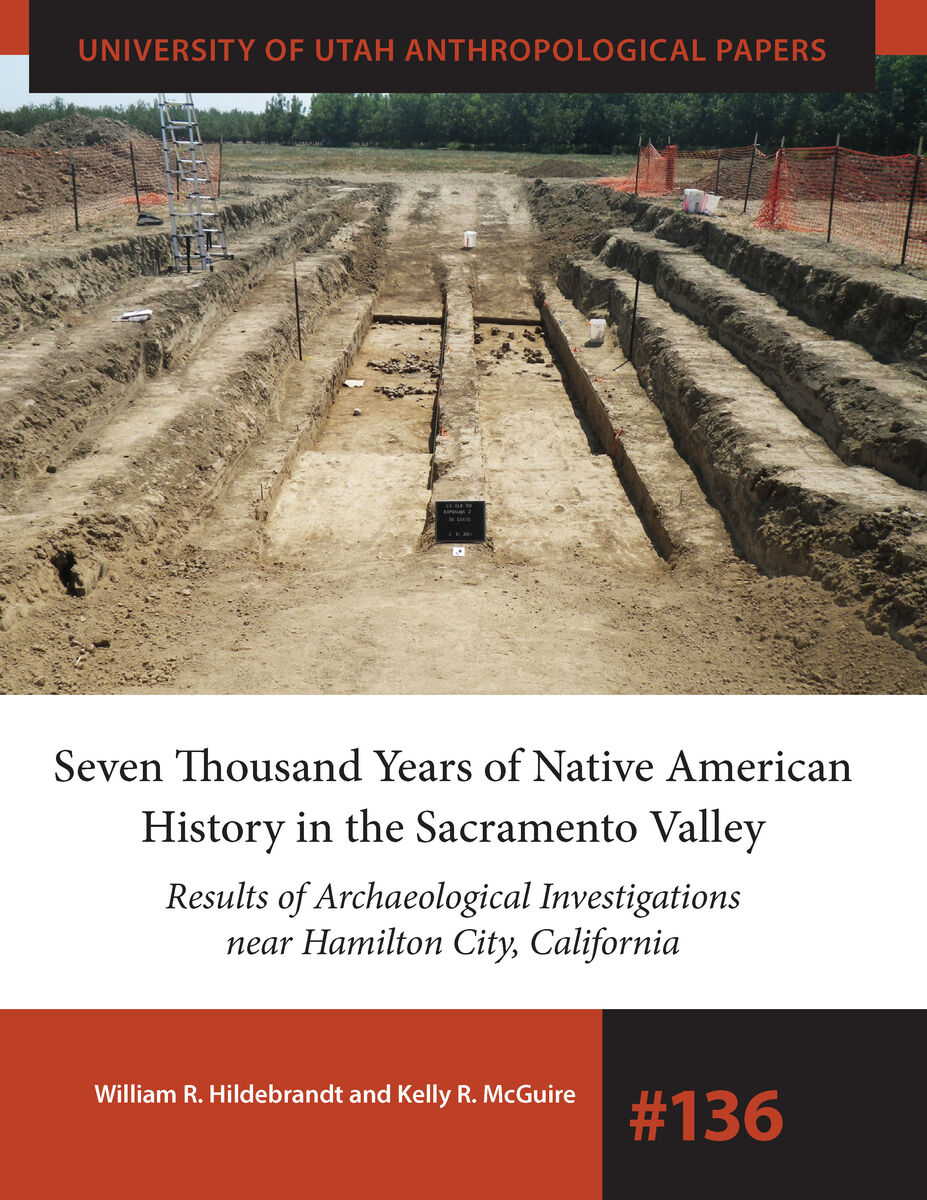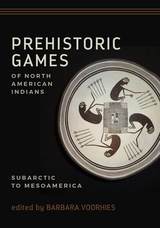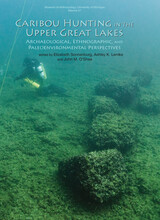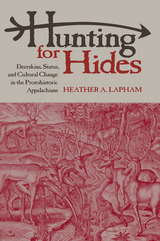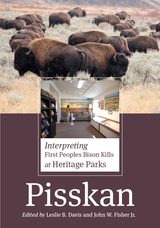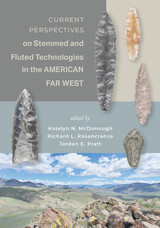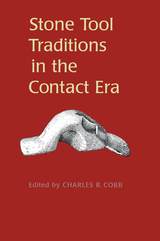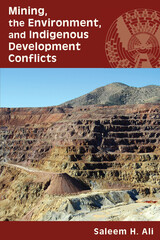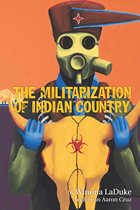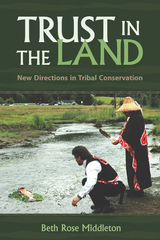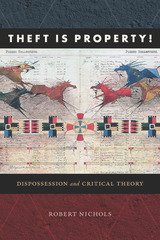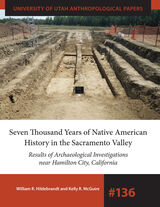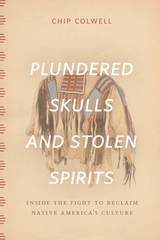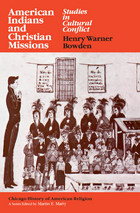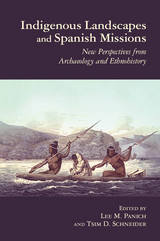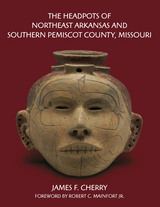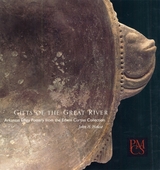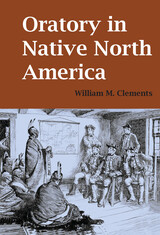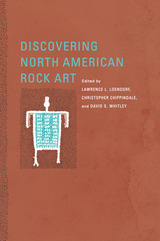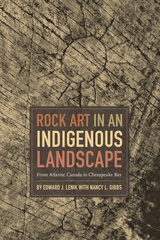Seven Thousand Years of Native American History in the Sacramento Valley: Results of Archaeological Investigations near Hamilton City, California
University of Utah Press, 2022
Paper: 978-1-64769-046-5 | eISBN: 978-1-64769-063-2
Library of Congress Classification E98.M34
Dewey Decimal Classification 979.45
Paper: 978-1-64769-046-5 | eISBN: 978-1-64769-063-2
Library of Congress Classification E98.M34
Dewey Decimal Classification 979.45
ABOUT THIS BOOK | AUTHOR BIOGRAPHY | REVIEWS | TOC | REQUEST ACCESSIBLE FILE
ABOUT THIS BOOK
The Sacramento Valley of northern California is a rich, diverse environment that supported some of the densest populations of nonagricultural people in the world. Periodic flooding, however, has buried much of the valley’s deep cultural history under alluvium. This volume shares the discovery of four buried archaeological sites, including one dating to 7,000 years ago, filled with a diversified assemblage of artifacts and a rich assortment of food remains. Stone net sinkers and associated fish bones represent the oldest fishery ever documented in the interior of California, while such items as marine shell beads, exotic obsidian, and newly recovered charmstones in California provide evidence for long-distance trade networks. in California provide evidence for long-distance trade networks.
The other three sites date between 4000 and 300 years ago and reflect increasing human population density, technological innovation, and the rise of sedentism and territoriality. This historical sequence culminated in findings from a 400- to 300-year-old house complex probably occupied by the Mechoopda Indian Tribe, who collaborated with the authors throughout the project.
The other three sites date between 4000 and 300 years ago and reflect increasing human population density, technological innovation, and the rise of sedentism and territoriality. This historical sequence culminated in findings from a 400- to 300-year-old house complex probably occupied by the Mechoopda Indian Tribe, who collaborated with the authors throughout the project.
See other books on: Commerce | Hildebrandt, William R. | Maidu Indians | Material culture | McGuire, Kelly R
See other titles from University of Utah Press
